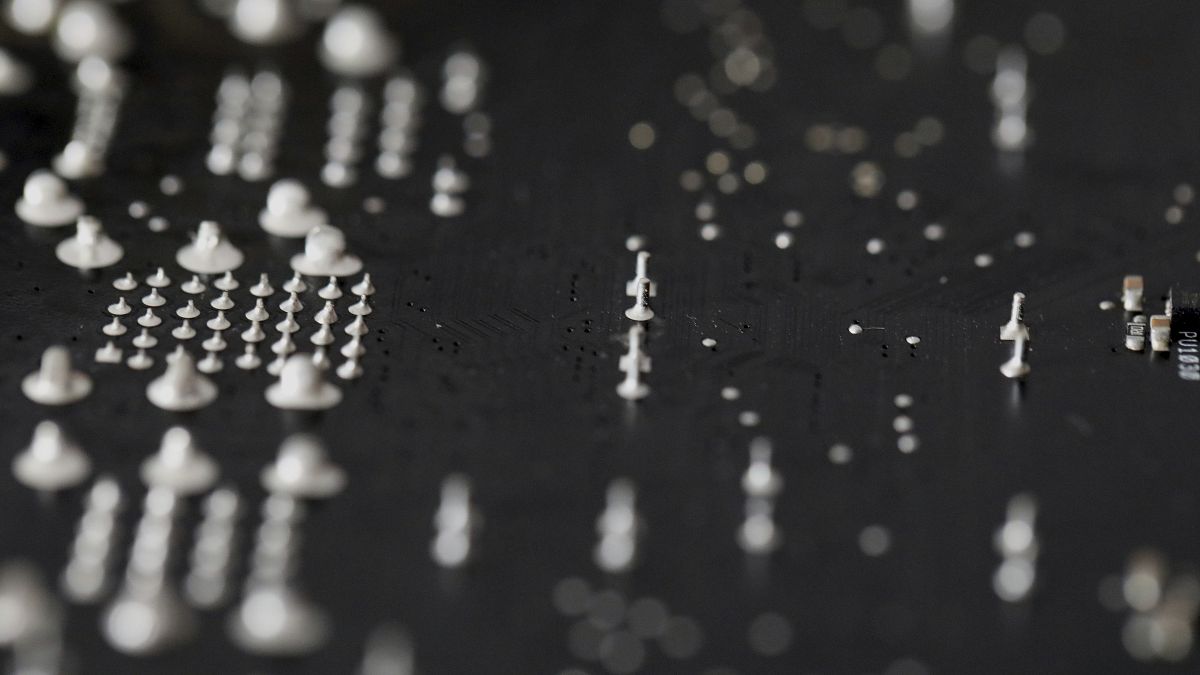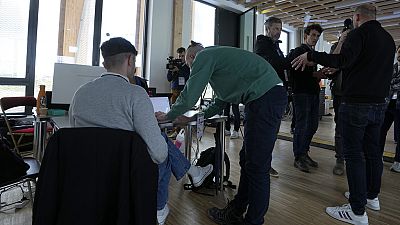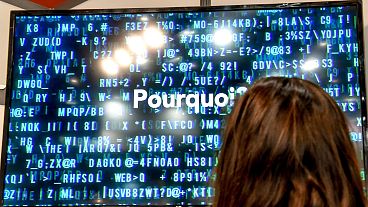The UK’s largest telecommunications provider says there are roughly 2,000 potential cyber-attacks every second recorded through its platforms.
The UK’s largest telecommunications provider says it sees roughly 2,000 signals of potential cyber-attacks every second.
BT Group showed that devices connected to the web are scanned 1,000 times a day by malicious sources, so about once every 90 seconds, according to a press release.
Most of the scans, over 75 per cent, are “not harmless” and show hackers are “looking for weaknesses in the online systems of businesses and essential services,” the press release continued.
Companies in IT, defence and financial services are being targeted the most often but some less traditional sectors, like hospitality and retail, are finding themselves becoming increasingly vulnerable to attacks, the press release continued.
The hackers used one-time use disposable bots for many of their searches, demonstrated by a 1,234 per cent increase in the number of new internet protocol (IP) addresses that the company registered in a year.
The results compliment other research by BT that shows UK business tech should rise by 31 per cent in 2024, but that companies are not upgrading their cybersecurity plans along with it.
“Many companies are upgrading their systems and adding more connected devices without a comprehensive cybersecurity plan to back them up, leaving them vulnerable to attacks,” the company said in a press release.
Earlier this year, the EU’s top cybersecurity official said that cyber-attacks that are traced back to Russian-based groups doubled from the end of 2023 to the first quarter of 2024.
“This is part of the Russian war of aggression, which they fight physically in Ukraine, but digitally also across Europe,” Juhan Lepassaar, head of the European Union Agency for Cybersecurity, or ENISA, said in an interview with the AP.















